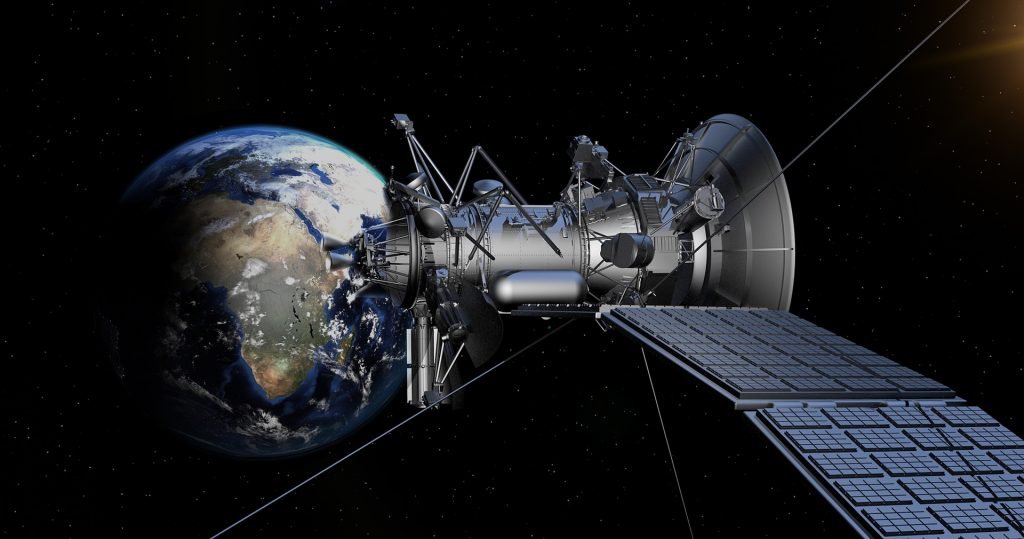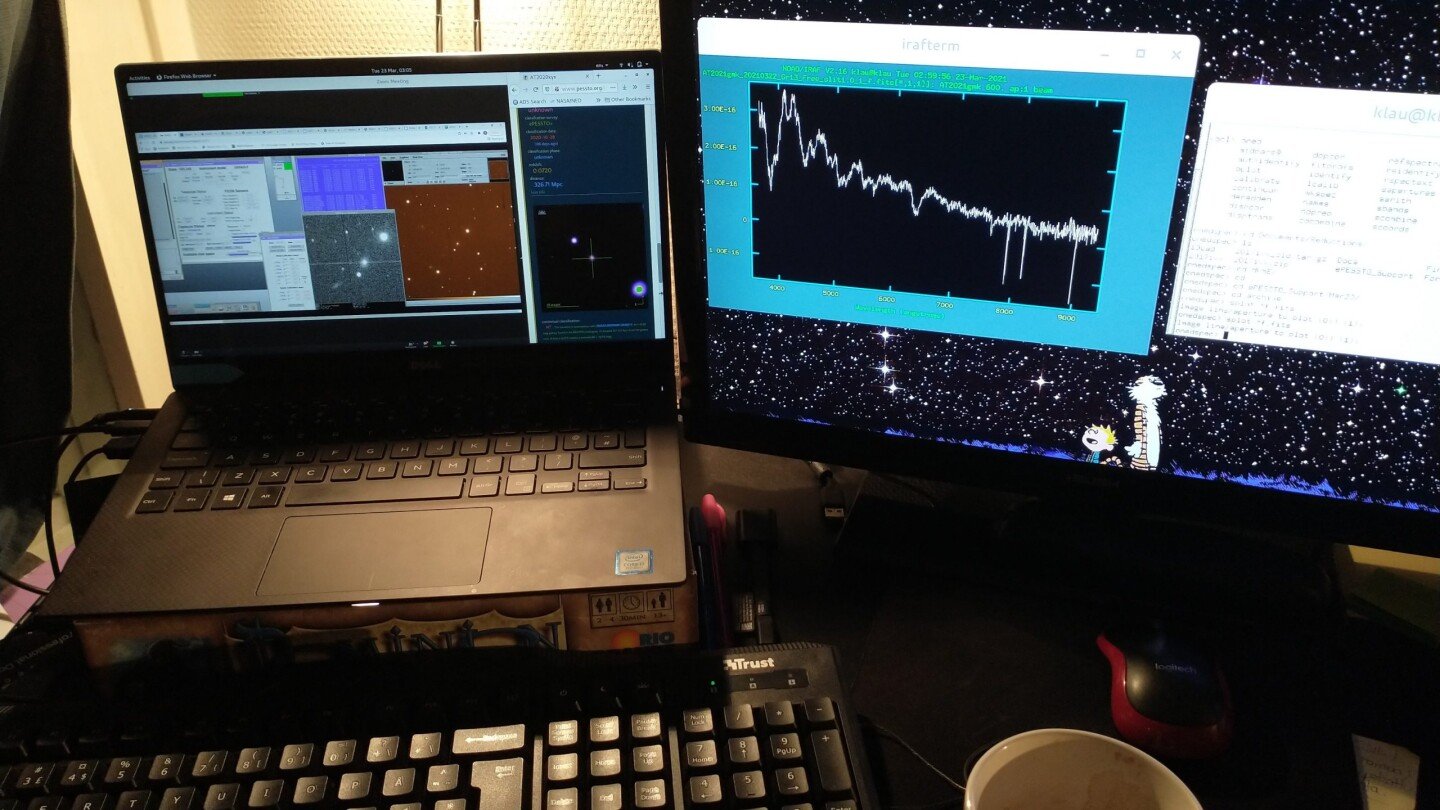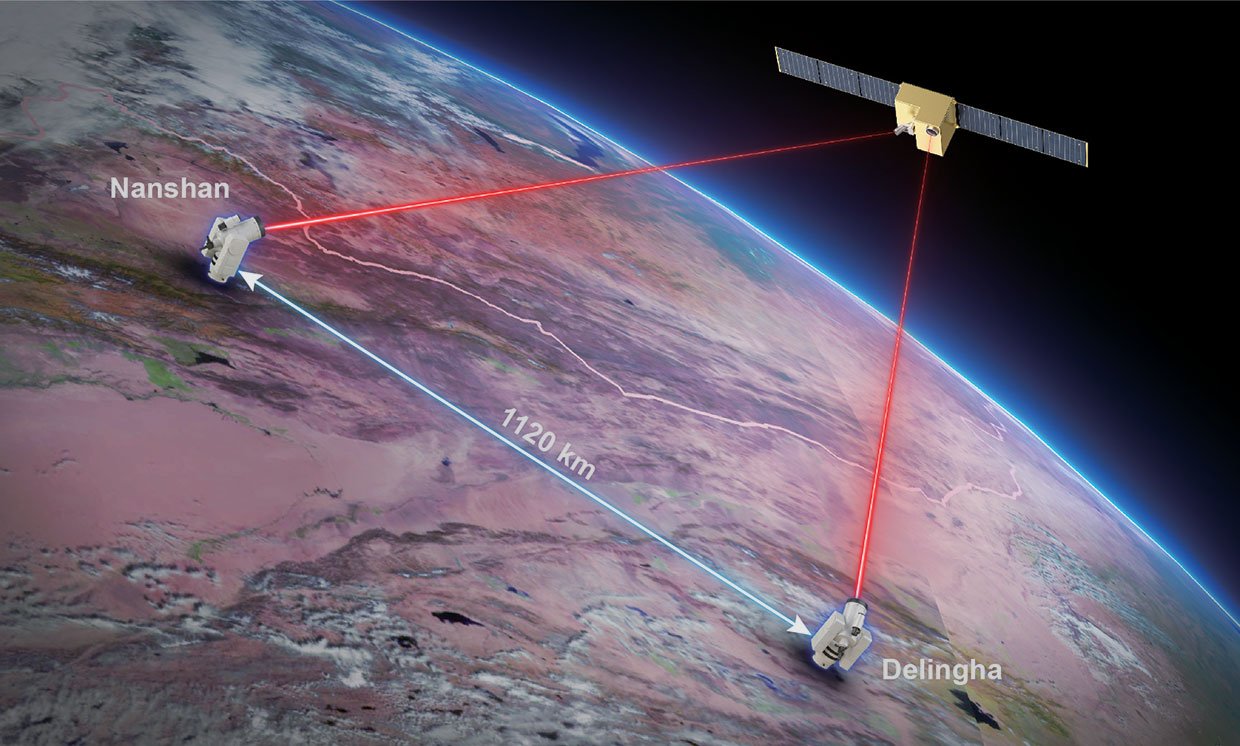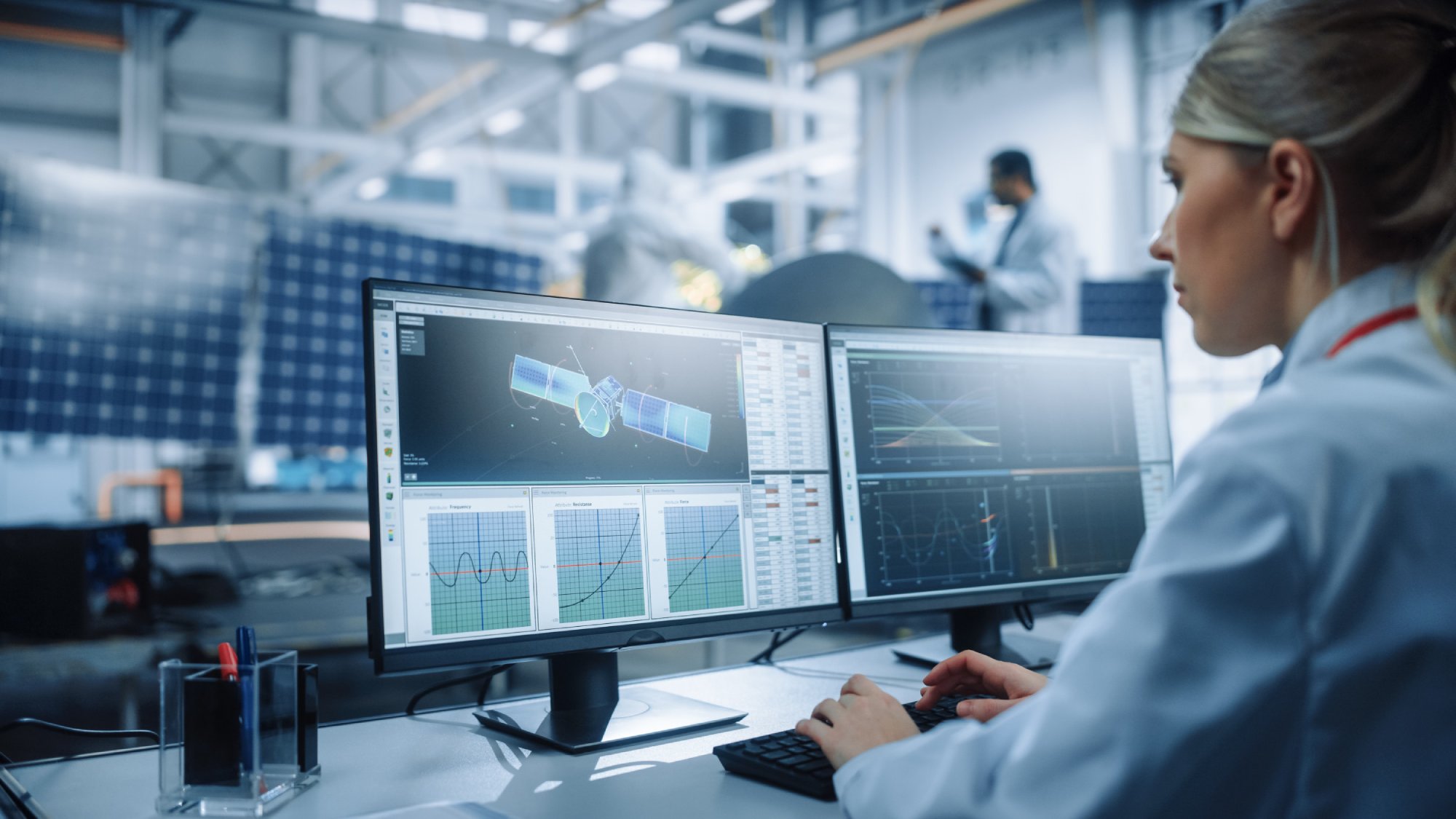The field of space exploration is changing rapidly. One of the biggest advancements is using quantum computing for astronomy. As space missions grow more complex, traditional computers are struggling. NASA quantum research is looking into how quantum technology can solve tough problems in space science, from simulating cosmic events to improving mission planning. But how does quantum computing fit into the future of space exploration?
Quantum computing uses the principles of quantum mechanics. This allows it to process information much faster than classical computers. This speed could greatly boost space research, enabling quicker simulations, real-time problem-solving, and better efficiency in deep-space missions.
The Power of Quantum Computing in Space Science

Understanding Quantum Computing’s Potential
Classical computers use bits (0s and 1s) to process data. Quantum computers use qubits, which can exist in multiple states at once. This lets them perform calculations much faster than traditional computers. This feature is essential in space research, where large amounts of data need quick processing.
Some promising applications of quantum computing in space science include:
- Accelerating complex simulations: Quantum computers can model planetary atmospheres, star development, and black holes with unmatched precision.
- Enhancing artificial intelligence: Quantum AI can help autonomous spacecraft and rovers make real-time decisions.
- Optimizing satellite networks: Quantum algorithms can boost the efficiency of satellite constellations for Earth observation and space communication.
Quantum Computing and Deep Space Navigation
Navigating deep space missions is challenging for traditional computers. Quantum computing could transform:
- Real-time course corrections by quickly calculating the best paths for interstellar travel.
- Gravitational field mapping to improve spacecraft navigation in complex cosmic settings.
- Orbital mechanics optimization, which reduces fuel use and boosts mission efficiency.
With NASA quantum research, scientists are creating quantum algorithms that could enhance spacecraft guidance systems. This could make interplanetary travel more precise and efficient. The ability to model gravitational anomalies and complex cosmic interactions could lead to safer deep-space missions.
Quantum Computing for Astronomy

Solving the Mysteries of the Universe
Quantum computing can greatly improve our understanding of the universe. Its immense power allows researchers to:
- Simulate black holes and dark matter to uncover their properties and interactions.
- Model exoplanet atmospheres in the search for habitable worlds.
- Analyze cosmic microwave background radiation to study the universe’s origins.
- Enhance gravitational wave detection to investigate cosmic events.
Current supercomputers struggle with these complex calculations. However, quantum computing for astronomy can enable scientists to simulate celestial events with unmatched accuracy, opening new doors in astrophysics.
Processing Vast Amounts of Astronomical Data
Telescopes like the James Webb Space Telescope and upcoming radio observatories gather vast amounts of data. Classical computers may take weeks or months to analyze this data, but quantum computers could do it in hours or even minutes. This speed could:
- Improve exoplanet detection by analyzing starlight fluctuations more efficiently.
- Enhance the identification of distant galaxies and cosmic structures.
- Speed up the search for extraterrestrial signals by improving SETI (Search for Extraterrestrial Intelligence) algorithms.
- Help discover new celestial phenomena by quickly processing large amounts of spectral data.
NASA’s Quantum Research Initiatives

Quantum Communication for Space Missions
One key area where NASA quantum research is advancing is secure space communication. Quantum encryption uses quantum entanglement to:
- Create unhackable space-to-Earth communication channels, improving mission security.
- Enable instantaneous data transmission over vast distances, overcoming traditional radio signal issues.
- Support deep-space quantum networks, allowing interstellar probes to stay in touch with Earth without delays.
NASA’s Quantum Artificial Intelligence Laboratory (QuAIL) partners with industry leaders to test quantum-enhanced algorithms for mission planning and communication. If successful, these efforts could greatly enhance space exploration.
Quantum Computing for Space Weather Prediction
Solar storms and cosmic radiation are serious threats to astronauts and space equipment. Predicting these events with classical models is tough, but quantum computing can:
- Model complex plasma interactions in the Sun’s corona.
- Improve forecasts of solar flares and space weather.
- Help design better shielding materials for future spacecraft.
By using the future of quantum computing, space agencies can better protect missions from harmful cosmic events. This is crucial for ensuring astronaut safety and the longevity of satellites and space stations.
The Future of Quantum Computing in Space Exploration
Autonomous AI for Space Missions
Quantum computing will boost AI capabilities in autonomous spacecraft and robotic explorers. Future Mars rovers and deep-space probes could use quantum-enhanced AI to:
- Make real-time decisions based on complex environmental variables.
- Optimize resource use for longer missions.
- Improve terrain mapping and obstacle detection.
- Analyze deep-space minerals for future colonization.
Interstellar Travel and the Search for New Worlds
The ultimate goal of space exploration is interstellar travel. Quantum computing could help:
- Identify the best star systems for colonization by analyzing thousands of exoplanets.
- Develop efficient propulsion systems for faster-than-light travel.
- Solve the many-body problem in physics, revealing new insights about gravitational forces in multi-star systems.
- Create accurate simulations of habitable exoplanets, helping researchers narrow the search for alien life.
Challenges and Limitations
While the future of quantum computing in space exploration looks bright, challenges remain:
- Hardware constraints: Quantum computers need extreme cooling and isolation.
- Error correction: Quantum systems can be error-prone due to decoherence.
- Scalability issues: Current quantum processors have limited qubits, which restricts power.
- Integration with classical systems: Merging quantum and classical computing poses technical challenges.
Despite these obstacles, rapid advancements in quantum research bring us closer to a future where space missions are faster, more efficient, and capable of answering profound questions about the universe.
The Quantum Leap: Transforming the Future of Space Exploration
Quantum computing is set to change space exploration by improving deep-space navigation, speeding up astronomical research, and optimizing mission logistics. With NASA quantum research leading the charge, quantum technology may soon tackle some of the greatest challenges in interstellar travel. As quantum computing for astronomy develops, it could help us explore the universe and reshape our understanding of space and time.
How soon will we see quantum-powered space missions? Share your thoughts in the comments!


